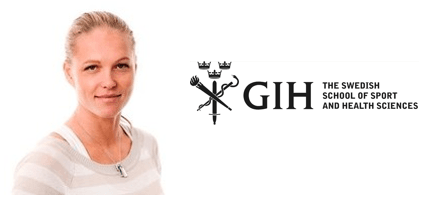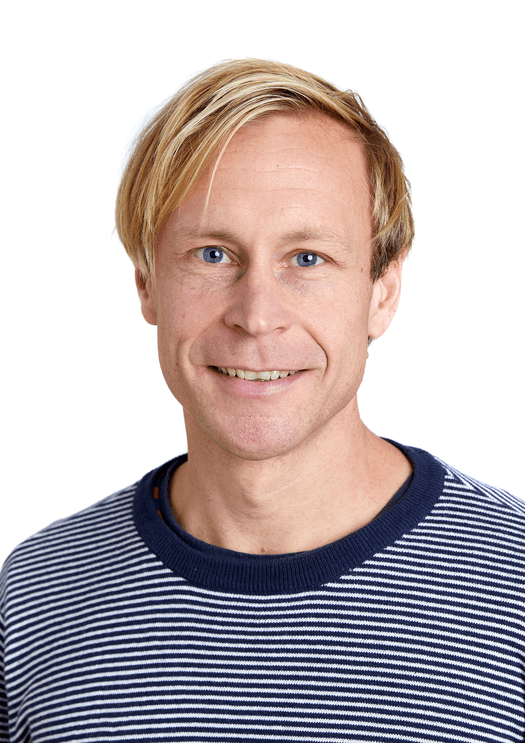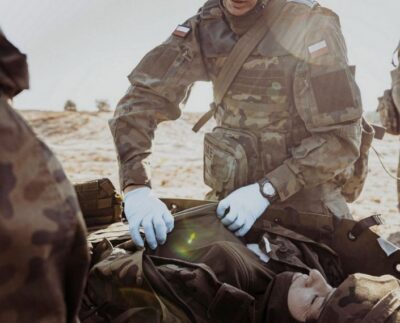We’re excited to report that Svexa CSO Filip Larsen and colleague Elin Ekblom-Bak at the Swedish School of Sport and Health Sciences (GIH) have been awarded a $500k study grant from FORTE, the Swedish Research Council for Health, Working Life and Welfare. The study will use svexa’s Ellida and Thrud in a corporate health setting, attempting to unravel the “physical activity paradox”.
This new GIH research project, The PAradox Project, has been granted three years of funding from FORTE to investigate and counteract physical overload among workers with physically demanding jobs. The “physical activity paradox” refers to why persons with physcially demanding jobs tend to have poor health despite being physically active at work. The project aims to understand how overload occurs when work demands exceed the individual’s physical capacity, and to develop solutions that can contribute to a healthy balance between physical effort and recovery.
The study will test if svexa’s adaptive training planning products Ellida and Thrud with adjusted training sessions after tough days at work will improve the health outcomes of these workers. The project extends over 3 years and starts with a observational study in blue collar workers. It supports svexa’s strategic roadmap to extend from sports into general population wellness and related applications such as corporate health or insurance.
“I think it’s super cool that in the project we will be able to combine GIH classic work physiology with a highly topical public health challenge”, says GIH researcher and project manager Elin Ekblom Bak.

The research project consists of three parts. In the first part, the daily physical workload of workers with low physical capacity is examined, to see how variations in the load affect their “readiness” for physical activity as well as the risk of various ill-health outcomes linked to overload. In the second part a method based on Ellida and Thrud, developed at GIH and used by elite athletes to balance training and recovery, will be tested. The method will be evaluated to see how it can support each worker to promote a balance between their activity and recovery to avoid overload. In the third part, the workers will be interviewed to gain insights into how the intervention is perceived and which factors can promote or hinder the successful implementation of these measures in the workplace.
“On an individual level, our research project is designed to support a group in working life where there is currently relatively little knowledge about how they can best find a balance between stress and recovery in order to promote their health.” says Filip Larsen, docent at GIH and one of the people responsible for the project.
Participating in the research program are researchers from the School of Gymnastics and Sports, Uppsala University, and the University of Gävle, in close collaboration with collaboration partners svexa, Garmin and the HPI Health Profile Institute.

In addition to his role as svexa’s Chief Science Officer, Dr FIlip Larsen is Associate Professor, Swedish School of Sports & Health Sciences, and a Physiologist for Swedish National Orienteering Team.



